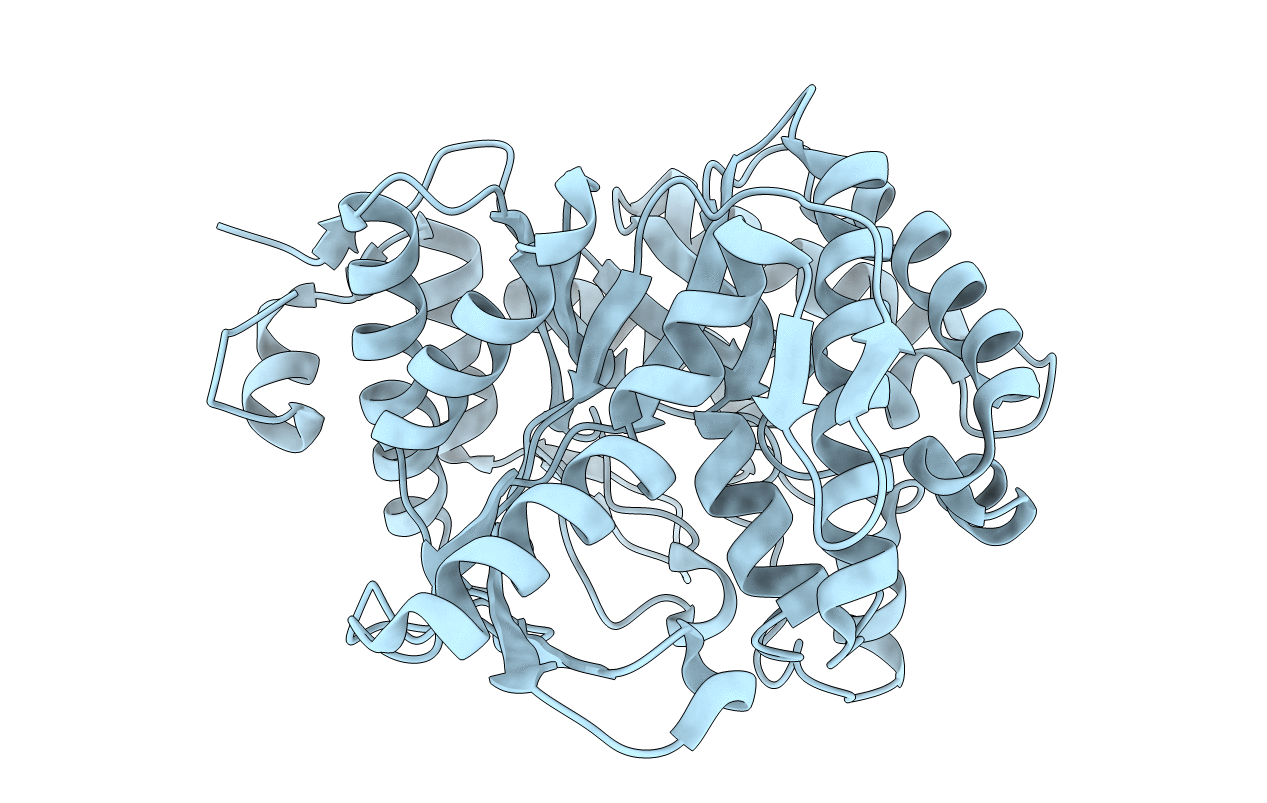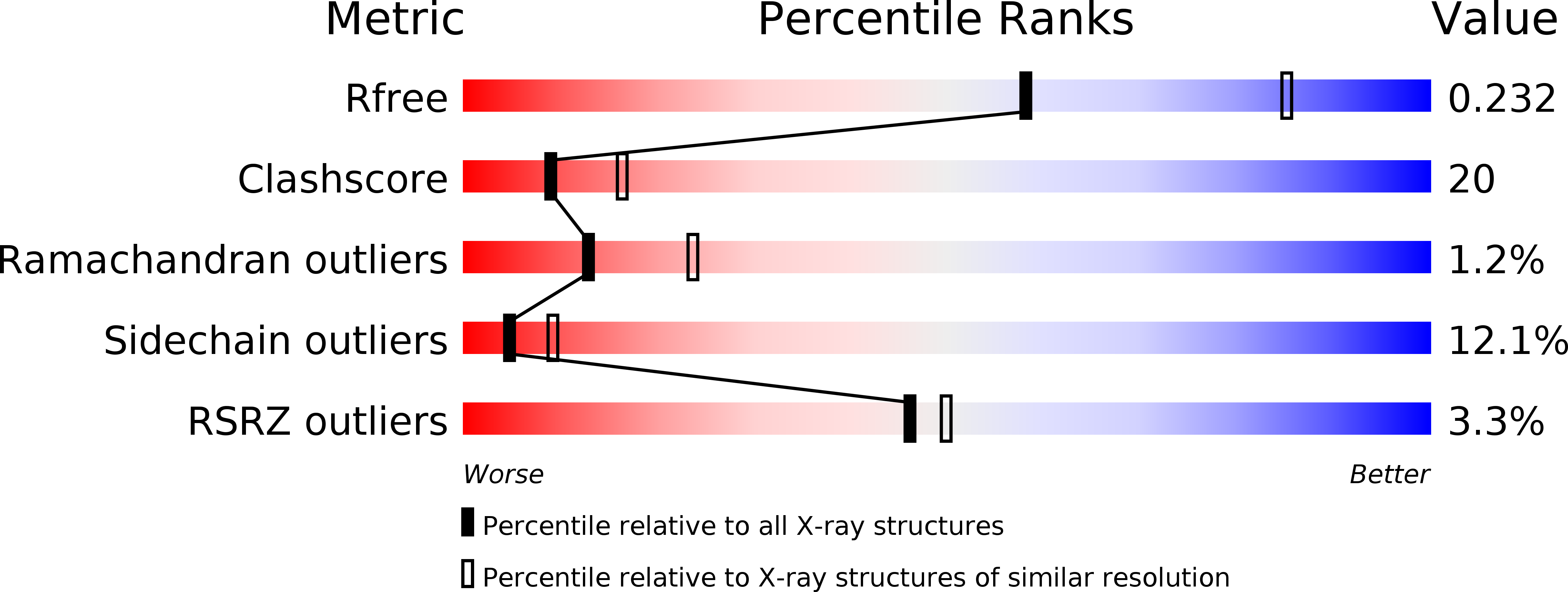
Deposition Date
2004-04-12
Release Date
2005-03-29
Last Version Date
2023-10-25
Entry Detail
Biological Source:
Source Organism:
Pyrococcus horikoshii (Taxon ID: 53953)
Host Organism:
Method Details:
Experimental Method:
Resolution:
2.50 Å
R-Value Free:
0.23
R-Value Work:
0.17
R-Value Observed:
0.17
Space Group:
C 1 2 1


